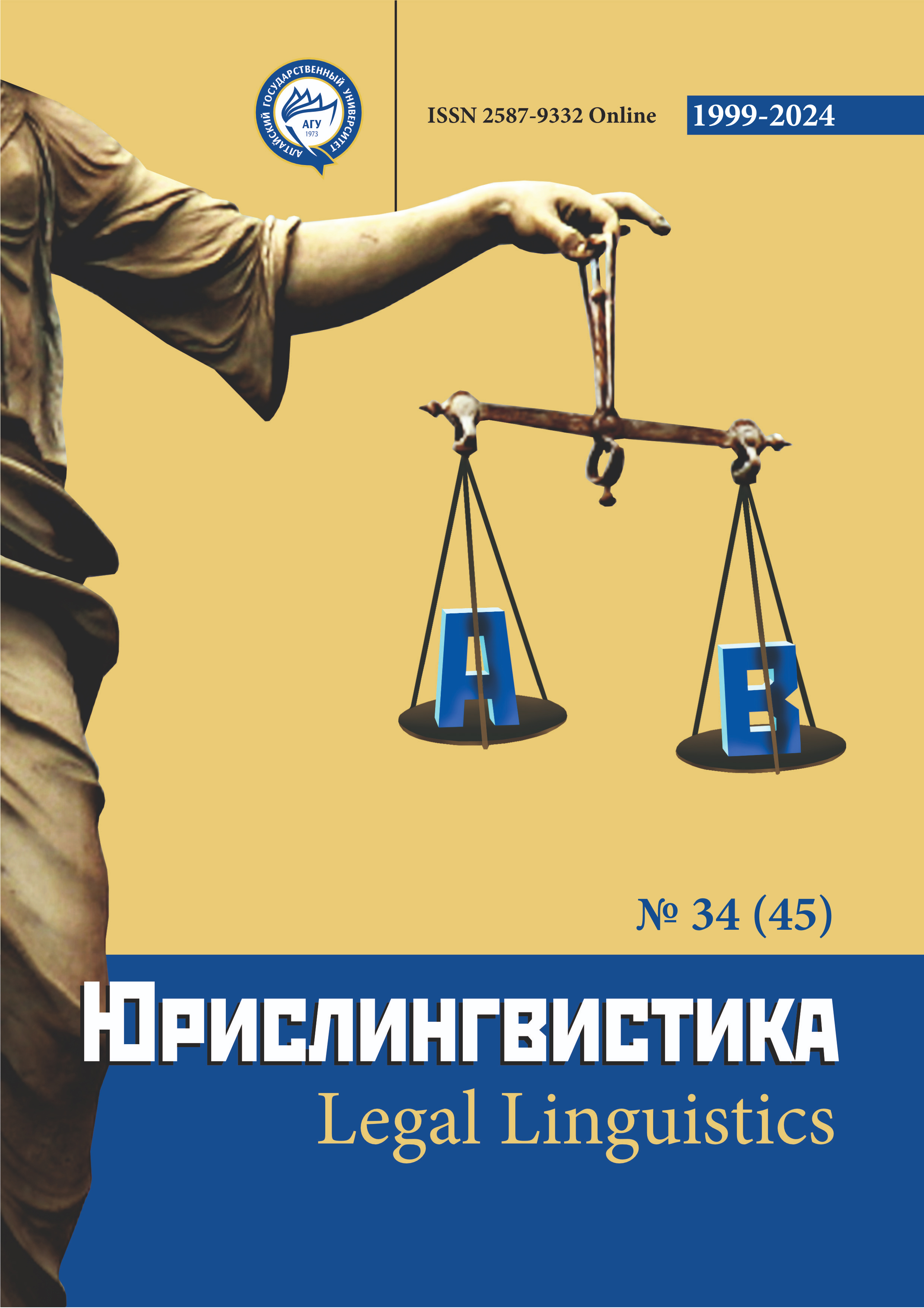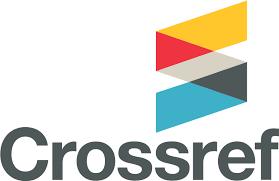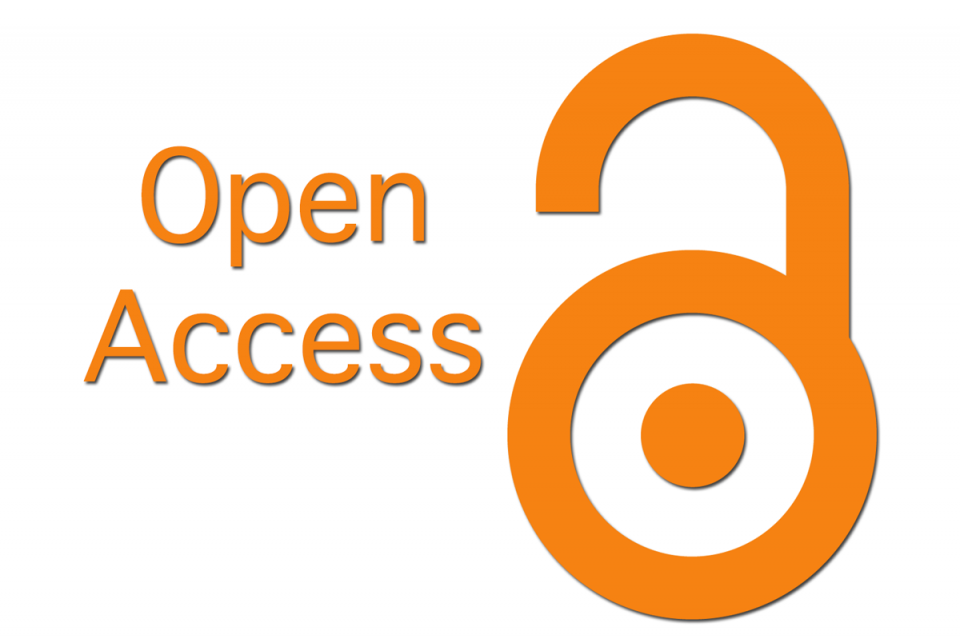Expert’s Methods of Text Plagiarism Detection
УДК 343.148, ББК 67.53
Abstract
Text borrowing (plagiarism, copy-paste) often causes conflicts, and sometimes a conflict can unfold in a lawsuit. But until now, courts have not had a working tool that would confirm the borrowing with the same accuracy as, for example, identifying firearms with a gunshot residue test, identifying fingerprints, or establishing the cause of death. This article presents the first-developed standard methodology for the forensic detection of text borrowings. The methodology is based on the fundamental principles of forensic identification and the outcomes of revising certain theoretical concepts in forensic speech studies (in particular their object). It is the simplest, basic one; it has restricted application and is intended to examine copy-paste in interrogation and confrontation protocols. The article outlines the general criminalistic essence of borrowing, characterizes expert task and objects, describes the step-by-step sequence of expert actions (including quantitative mathematical evaluation of the results), and indicates the rules for formulating and substantiating the conclusion. Forensic linguists can use it directly in their practice (forensic authorship examination). Furthermore, the methodology can form the basis for future methodological advancements in detecting plagiarism and copy-paste in more complex manifestations: scientific, artistic, publishing plagiarism, borrowing of a mixed textual-non-textual nature, using artificial intelligence (AI), borrowing when creating derivative speech objects, etc.
Downloads
Metrics
References
Абрамкина Е. Е. Идентификационные признаки протокола допроса и методика автороведческого анализа / Вестник Новосибирского государственного университета. Серия Лингвистика и межкультурная коммуникация. - 2019. - Т. 17. - № 3. - С. 97-108. https://doi.org/10.25205/1818-7935-2019-17-3-97-108
Багеева О. О. Типы пунктуационного оформления писем малограмотных авторов / Вестник РГГУ. Серия: История. Филология. Культурология. Востоковедение. - 2009. - № 6. - С. 68-80.
Вул С. М. Судебно-автороведческая идентификационная экспертиза: Методические основы. Харьков, 2007.
Галяшина Е. И. Судебное речеведение: учебник. М., 2022.
ГОСТ Р 70003-2022. Судебная лингвистическая экспертиза. Термины и определения. М., 2022.
Колдин В. Я. Идентификационные признаки и свойства / Труды ВНИИСЭ. Вып. 3. Вопросы криминалистической экспертизы и правовой кибернетики. М., 1971. С. 56-71.
Колдин В. Я. Судебная идентификация. М., 2003.
Ляшевская О. Н., Шаров С. А. Новый частотный словарь русской лексики. 2009. URL: http://dict.ruslang.ru/freq.php?
Месропян Л. М. Лингвистическая экспертиза протоколов допроса: речевая идентификация допрашиваемого как средство выявления процессуальных нарушений / Процессуальные действия вербального характера. СПб., 2017. С. 116-127.
Моисеева Т. Ф., Огорелков И. В. Судебная автороведческая экспертиза: учебное пособие. М., 2022.
Новожилова Е. В. Корректорская считка (сличение) как метод судебного речеведения / Теория и практика судебной экспертизы в современных условиях. М., 2021. С. 233-235.
Новожилова Е. В. Экспертная задача на тождество текста / Дискуссионные вопросы теории и практики судебной экспертизы. М., 2023. С. 467-474.
Новожилова Е. В. Тождество текста и авторство / Устойчивое развитие России: правовое измерение. Часть 3. М., 2023. С. 545-548.
Новожилова Е. В. Идентификационные признаки в судебной экспертизе заимствования текста / Юрислингвистика. - 2023. - № 30 (41). - С. 83-88. https://doi.org/10.14258/leglin(2023)3014
Новожилова Е. В. Особенности объектов исследования при решении судебно-экспертных задач на заимствование текста / Вестник МГУ Серия 11 Право. - 2024. - № 2. - С. 205-217.
Copyright (c) 2024 Елена Новожилова

This work is licensed under a Creative Commons Attribution 4.0 International License.
The authors, which are published in this journal, agree to the following conditions:
1. Authors retain the copyright to the work and transfer to the journal the right of the first publication along with the work, at the same time licensing it under the terms of the Creative Commons Attribution License, which allows others to distribute this work with the obligatory indication of the authorship of this work and a link to the original publication in this journal .
2. The authors retain the right to enter into separate, additional contractual agreements for the non-exclusive distribution of the version of the work published by this journal (for example, to place it in the university depository or to publish it in a book), with reference to the original publication in this journal.
3. Authors are allowed to post their work on the Internet (for example, in a university repository or on their personal website) before and during the review process of this journal, as this may lead to a productive discussion, as well as more links to this published work (See The Effect of Open Access).











